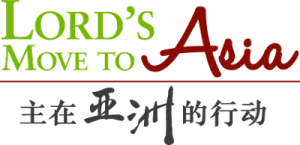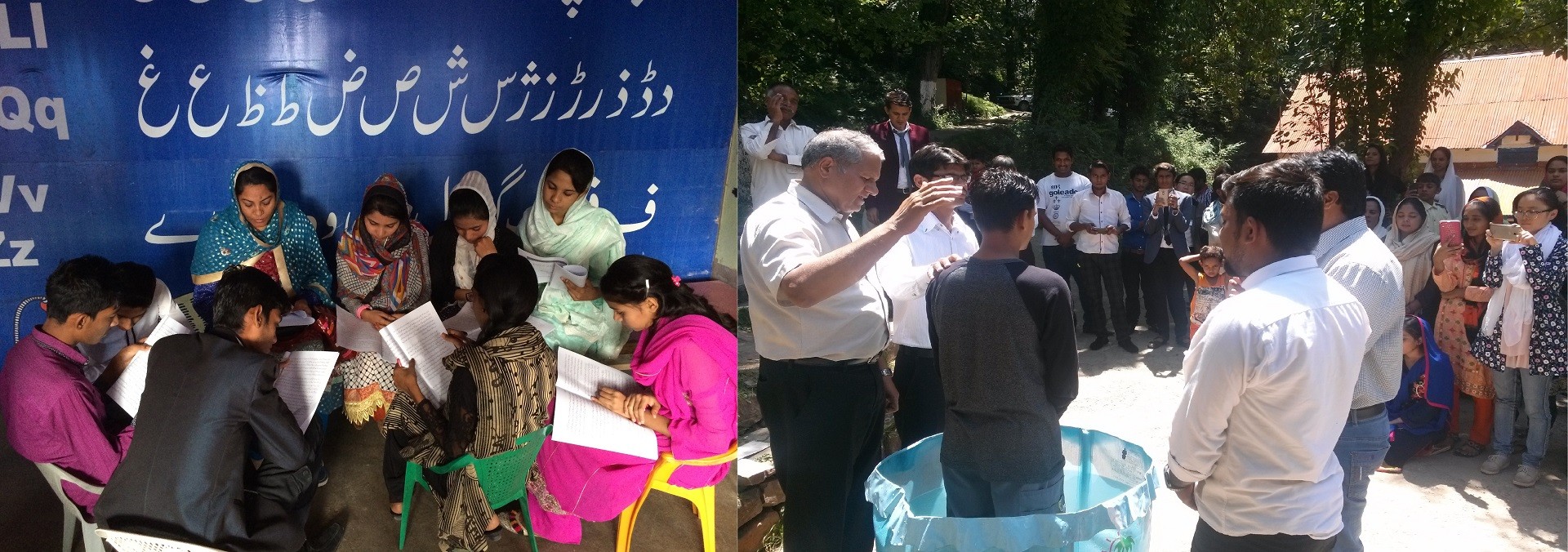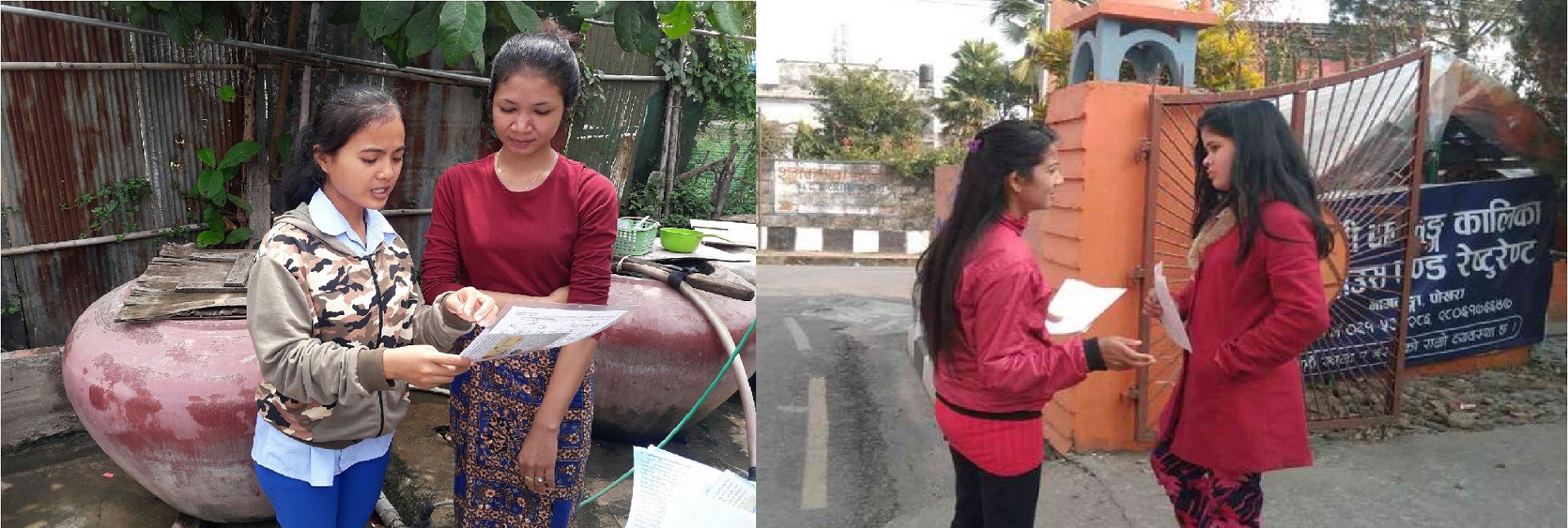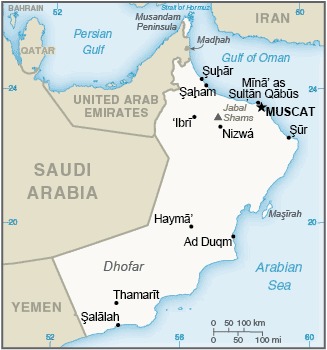Oman
Background:
The inhabitants of the area of Oman have long prospered on Indian Ocean trade. In the late 18th century, a newly established sultanate in Muscat signed the first in a series of friendship treaties with Britain. Over time, Oman’s dependence on British political and military advisors increased, but it never became a British colony. In 1970, QABOOS bin Said Al-Said overthrew his father, and he has since ruled as sultan. His extensive modernization program has opened the country to the outside world while preserving the longstanding close ties with the UK. Oman’s moderate, independent foreign policy has sought to maintain good relations with all Middle Eastern countries. Inspired by the popular uprisings that swept the Middle East and North Africa beginning in January 2011, Omanis began staging marches and demonstrations to demand economic benefits, an end to corruption, and greater political rights. In response to protester demands, QABOOS in 2011 pledged to implement economic and political reforms, such as granting legislative and regulatory powers to the Majlis al-Shura and introducing unemployment benefits. In August 2012, the Sultan announced a royal directive mandating the speedy implementation of a national job creation plan for thousands of public and private sector jobs. As part of the government’s efforts to decentralize authority and allow greater citizen participation in local governance, Oman successfully conducted its first municipal council elections in December 2012. Announced by the Sultan in 2011, the municipal councils will have the power to advise the Royal Court on the needs of local districts across Oman’s 11 governorates.
Location:
Middle East, bordering the Arabian Sea, Gulf of Oman, and Persian Gulf, between Yemen and UAE
Area:
309,500 sq km
Climate:
Dry desert; hot, humid along coast; hot, dry interior; strong southwest summer monsoon (May to September) in far south
Ethnic groups:
Arab, Baluchi, South Asian (Indian, Pakistani, Sri Lankan, Bangladeshi), African
Languages:
Arabic (official), English, Baluchi, Urdu, Indian dialects
Religions:
Muslim 85.9%, Christian 6.5%, Hindu 5.5%, Buddhist 0.8%, Jewish <0.1%, other 1%, unaffiliated 0.2% (2010 est.)
Population:
4,664,844 (December 2019 est.)
Country comparison to the world: 126
Age structure:
0-14 years: 30.15% (male 561,791/female 533,949)
15-24 years: 17.35% (male 331,000/female 299,516)
25-54 years: 44.81% (male 928,812/female 699,821)
55-64 years: 4.02% (male 77,558/female 68,427)
65 years and over: 3.68% (male 64,152/female 69,663) (2020 est.)
Government type:
Monarchy
Capital:
Muscat
Time difference:
UTC+4 (9 hours ahead of Washington, DC during Standard Time)
Economy- Overview:
Oman is a middle-income economy that is heavily dependent on dwindling oil resources. Because of declining reserves and a rapidly growing labor force, Muscat has actively pursued a development plan that focuses on diversification,
industrialization, and privatization, with the objective of reducing the oil sector’s contribution to GDP to 9% by 2020 and creating more jobs to employ the rising numbers of Omanis entering the workforce. Tourism and gas-based industries are key components of the government’s diversification strategy. However, increases in social welfare benefits, particularly since the Arab Spring, will challenge the government’s ability to effectively balance its budget if oil revenues decline. By using enhanced oil recovery techniques, Oman succeeded in increasing oil production, giving the country more time to diversify, and the increase in global oil prices through 2011 provided the government
greater financial resources to invest in non-oil sectors. In 2012, continued surpluses resulting from sustained high oil prices and increased enhanced oil recovery allowed the government to maintain growth in social subsidies and public sector job creation. However, the Sultan made widely reported statements indicating this would not be sustainable, and called for expanded efforts to support SME development and entrepreneurship. Government agencies and large oligarchic group companies heeded his call, announcing new initiatives to spin off non-essential functions to entrepreneurs, incubate new businesses, train and mentor up and coming business people, and provide financing for start-ups. In response to fast growth in household indebtedness, the Central Bank reduced the ceiling on personal interest loans from 8 to 7%, lowered mortgage rates, capped the percentage of consumer loans at 50% of borrower’s salaries for personal loans and 60% for housing loans, and limited maximum repayment terms to 10 and 25 years respectively. In 2012 the Central Bank also issued final regulations governing Islamic banking and two full-fledged Islamic banks held oversubscribed IPOs while four traditional banks opened sharia-compliant Islamic windows.
GDP (purchasing power parity):
$190.1 billion (2017 est.)
GDP – per capita (PPP):
$46,000 (2017 est.)
Source:
CIA World Factbook







